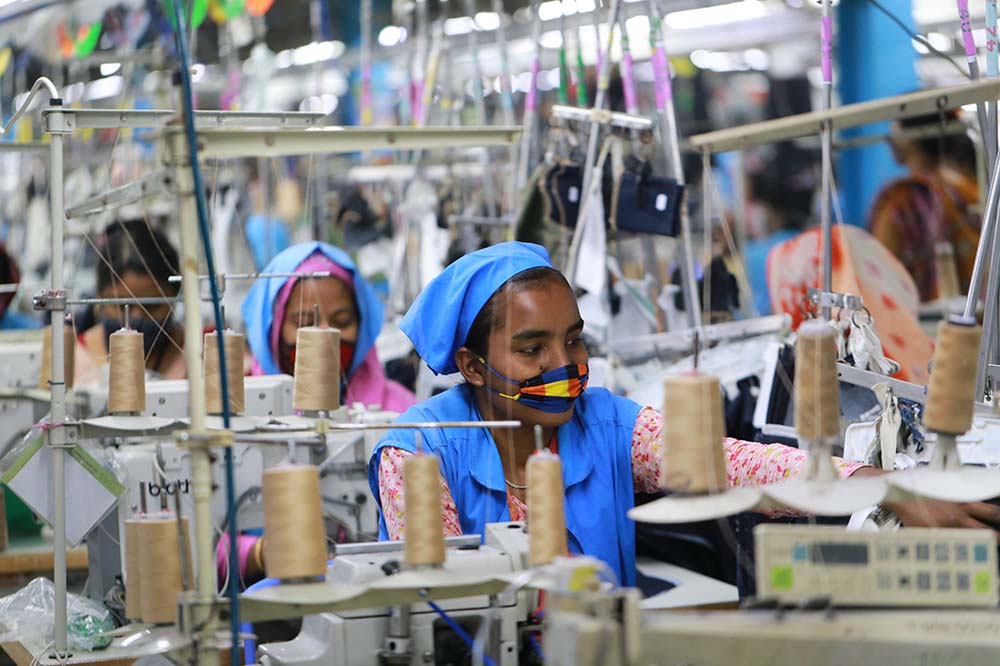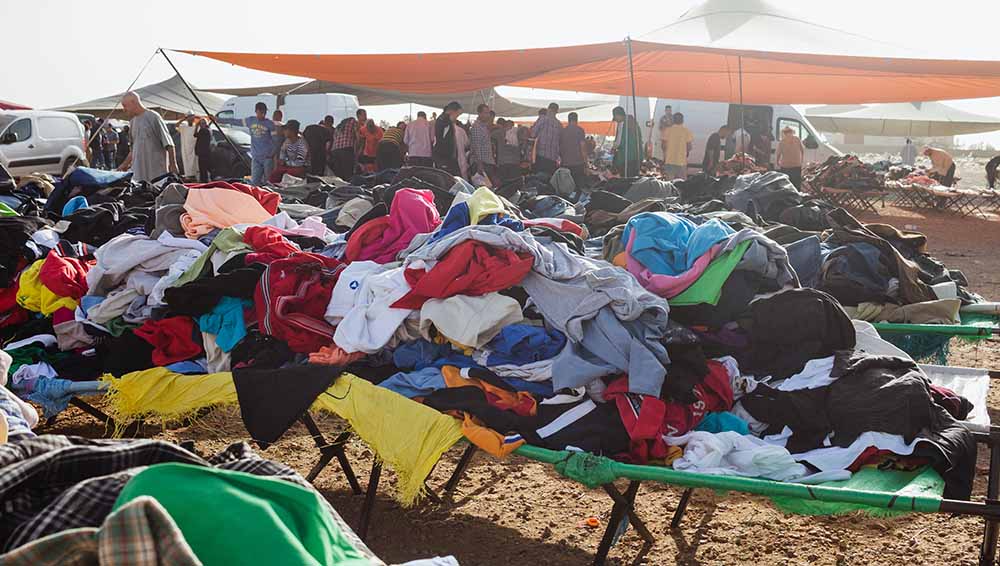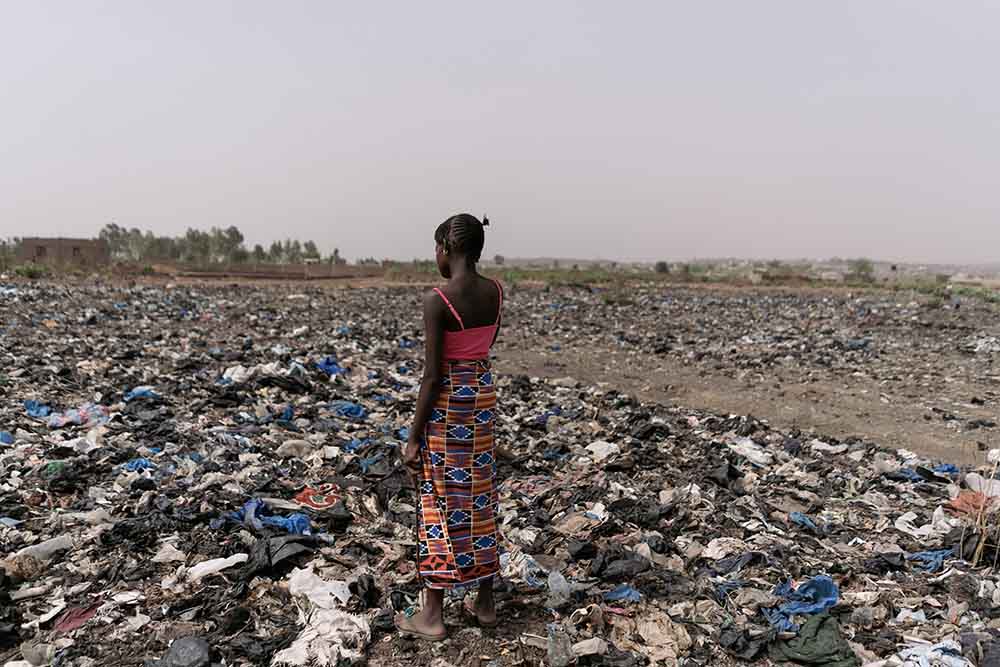Fast fashion has revolutionized the apparel industry, offering trendy and affordable clothing at an unprecedented pace. However, behind the allure of cheap and rapidly changing styles lies a less glamorous truth—the detrimental financial and economic impact it has on marginalized communities and various gender groups. Let’s delve into the hidden costs of fast fashion, shedding light on the systemic issues that perpetuate inequality and exploitation within the industry.
Exploitative Labour Practices:
Fast fashion's relentless drive for low-cost production often leads to exploitative labour practices. Many garment workers, predominantly women, in developing countries are subjected to poor working conditions, low wages, and long hours. They face limited job security, lack of social protections, and are often denied the right to form labour unions. This perpetuates a cycle of poverty and economic vulnerability among marginalized communities, particularly impacting women who are disproportionately affected.
In India, a whopping 60 per cent of women in the country are employed by the clothing/fashion industry, many of whom are not only underpaid but also badly treated in working environments. Find out more here:

Image used for representational purposes only.
Environmental Degradation:

Image used for representational purposes only.
The fast fashion industry's focus on high-volume production contributes to environmental degradation. The constant demand for new styles leads to excessive resource consumption, pollution, and waste generation. Communities near garment factories and textile mills often suffer from water pollution, air pollution, and exposure to harmful chemicals, which further exacerbate health issues and economic hardships.
A recent fashion film ‘Slay’ revealed how many tannery workers in India’s leather capital Kanpur were affected by unsafe exposure to toxic chemicals like Chromium- often rendering them unable to go about everyday tasks, and affecting them both on the health and economic front.
Disposable Culture:

Image used for representational purposes only.
Fast fashion thrives on the idea of disposable clothing, encouraging consumers to buy and discard garments quickly. This mindset not only devalues the true cost of clothing but also perpetuates a throwaway culture that fuels overconsumption. As a result, landfills are inundated with textile waste, while the economic burden of managing and disposing of these materials falls on marginalized communities and local governments.
As reported by the BBC in a 2020 article, 92 million tonnes of textiles waste is created and by 2030, it is expected that we would be discarding more than 134 million tonnes of textiles a year globally. Most of this fashion waste from developed countries like USA, UK etc. ends up in already overwhelmed landfills of developing countries in Africa and Asia. The biggest second-hand clothing market in West Africa is the Kantmanto market in Accra, Ghana which sees 20 million items of clothing from Western countries arrive every week. While a small portion of this includes reusable clothes, the majority that remains lands in sewers and ends up in the sea eventually washing up on beaches. While the environmental damage is unquestionable, many reports reveal how second hand clothing traders lose money if they end up buying a pile of clothes that doesn’t have much that can be resold.

Image used for representational purposes only.
Economic Inequality:
The fast fashion industry perpetuates economic inequality by concentrating wealth in the hands of a few major brands and retailers, while exploiting vulnerable communities. As fast fashion brands continue dominate the market, they are often also accused of misappropriating many indigenous crafts. This means small-scale artisans, independent designers, and local garment producers struggle to compete, often facing financial instability and reduced opportunities for growth. This further marginalizes already disadvantaged groups, including women, ethnic minorities, and artisans from developing countries.

Image used for representational purposes only.
Understanding the financial and economic impact of fast fashion on marginalized communities and gender groups is crucial for driving positive change within the industry. By raising awareness, supporting ethical alternatives, and advocating for fair labour practices, we can contribute to a more inclusive and sustainable fashion ecosystem.